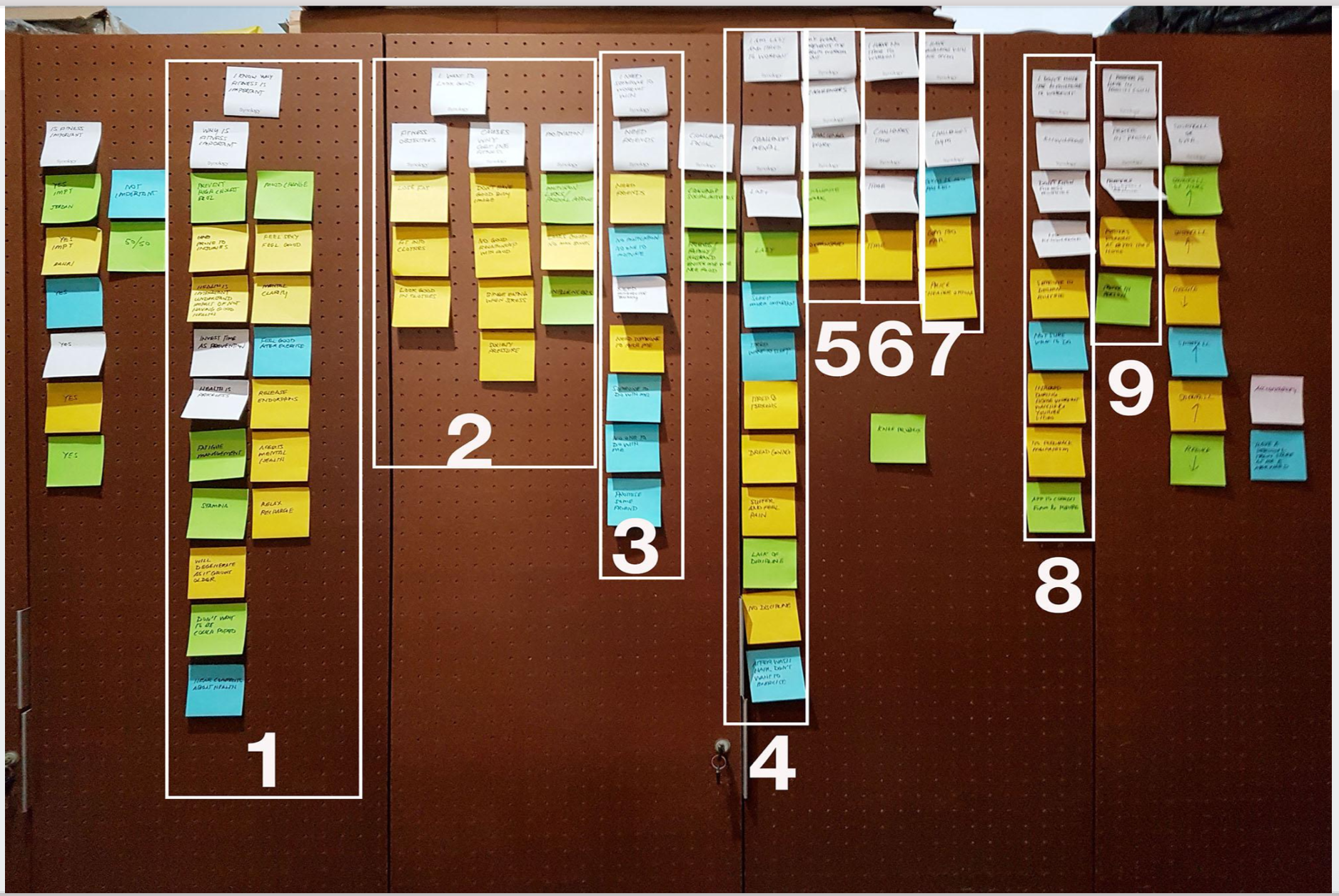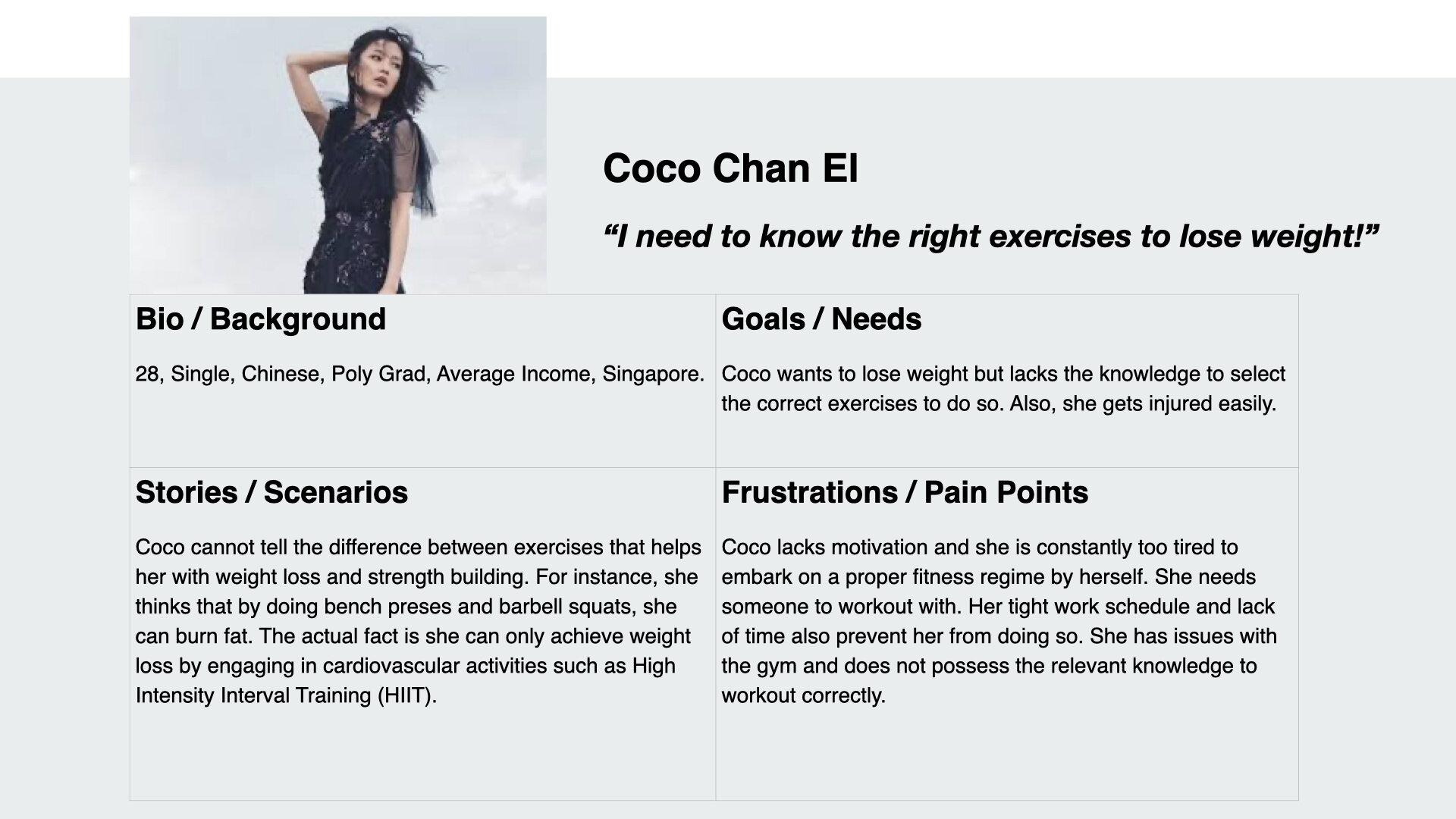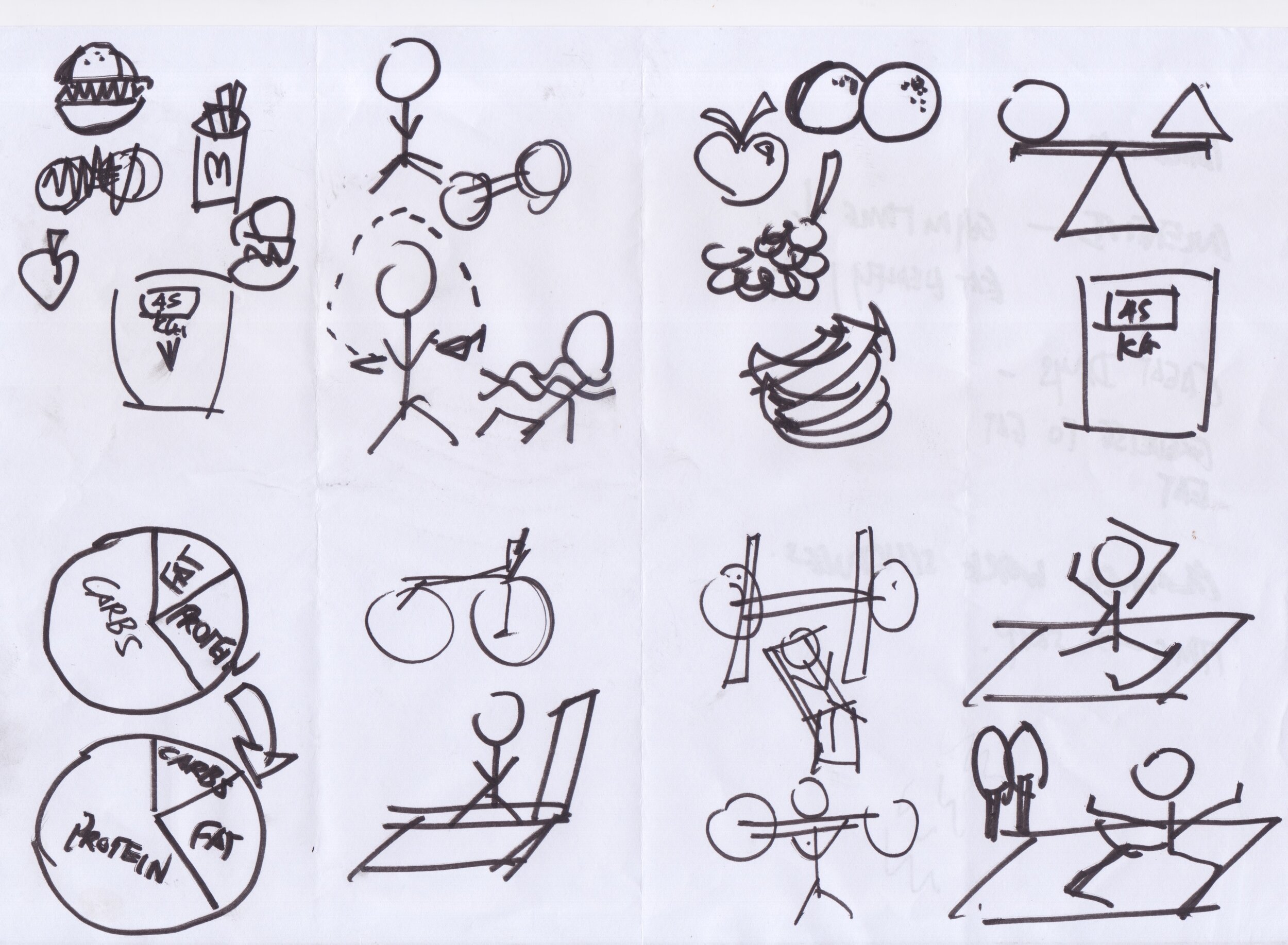FITTR
● Type of project Mobile app for fitness
● Circumstances 2 week project at General Assembly
● My role Researcher / Lead designer
● Methodology User interviews / Contextual inquiry
● Tools used InVision
● Deliverable Prototype

Background
Physical inactivity has been identified by the World Health Organization (WHO) as the fourth leading risk factor for global mortality (6% of deaths globally). This follows high blood pressure (13%), tobacco use (9%) and high blood glucose (6%). Overweight and obesity are responsible for 5% of global mortality. According to the 2010 National Health Survey conducted by the Ministry of Health, 39.1% of Singaporeans (18 – 69 years old) are physically inactive and 10.8% are obese.
The National Physical Activity Guidelines for Singapore provide practical guidance for apparently healthy adults and older adults on the types and volume of physical activities that prevent chronic disease, prolong life and enhance quality of life. The types of physical activity include lifestyle, aerobic and strength which can be performed in the domains of work, home, commuting or leisure time.

1. Research
User Research
With that background information on the obesity rates, I decided to come up with an app which can help users with their fitness objectives. In order to find out what are the general views of how people view fitness and discover what are their goals, motivations and problems for fitness, I conducted user interviews with 8 users.
Here are some sample interview questions:
1. Is fitness important to you and why?
2. What is your motive or incentive to exercise? Why?
3. What are your fitness objectives and goals?
4. How much time do you spend exercising each week?
5. From your point of view, what would be an ideal amount of exercise time per week?
6. What are challenges and obstacles to starting and sticking with an exercise regime?
Affinity Mapping
From the interviews, I came up with the affinity mapping, a research method designed to reveal underlying themes from large sets of qualitative data.
From there, I grouped the observations into 9 key insights:
I know why fitness is important.
I want to look good.
I need someone to workout with.
I am lazy and tired to workout.
My busy work schedule prevents me from working out.
I have no time to workout.
I have problems with the gym.
I don’t have the knowledge to workout.
I prefer to have in-person coaching.
2. Synthesise
Persona
I used the most frequent responses among the 8 users interviewed to help create the Persona, which enables cognitive empathy.
Problem statement
From the Persona, I came up with the Problem Statement, It is a high-level description of the core, unsolved need my target user is currently experiencing which I have identified from my research
“Coco needs to select the correct exercises to lose weight because she has been doing the wrong ones, did not get the results she wants and gets injured easily.”
3. Ideate
Crazy Eight
During the ideation stage, I first used the Crazy Eight. This technique is best used during this stage where ideas should come quicker since I have insights to draw upon. The purpose is to generate a number of different ideas within a short period of time. .
From the Crazy Eight , I realised the scope of Exercise and Diet is too wide, so I decided to focus only on the Exercise component.
User Flow
User flow is the path taken by a prototypical user on a website or app to complete a task. From the sketches of user flow, I can see a clearer picture of how to do build a prototype.
Wireframes
Next, I sketched out the Wireframes. They are representations or blueprint for my app of what my users will see. They are a primary way in which I communicate design solutions to stakeholders.
4. Prototype
After the wireframes are done, I did a Prototype, It is a simulation or sample version of a final product, which is used for testing prior to launch.
5. Takeaway
Challenges
After completing the project and during the assessment, I realised that the solution does not seem to clearly solve the problem statement identified. The current problem statement and solution concept did not address the goals and pain points of the persona, specifically revolving around the issue of losing weight by doing the right exercises and how to avoid being injured. My solution concept seems to focus on only providing a platform to users for viewing best practices of exercises and injury prevention rather than injury avoidance.
The key takeaway of this project was in line with similar course I did prior to this: “Design Thinking and Innovation for Business” by National University of Singapore. This 2 weeks of immersive course at General Assembly allows me to put the theory into practice. I witnessed the important lesson of The Design Thinking Process: “A prototype allows me to fail quickly and cheaply!”
Next steps
Moving forward, I will apply Design thinking and adopt a user-centric approach. During the ideation process, I will refrain from funnelling my thought process. I will need to relook into the problem statement and come up with different design solutions. “How does this app tailor to Coco’s specific goal to lose weight and achieve the results that she wants?" “What is she currently doing wrong and what should be recommended or corrected to avoid injury and achieve her goals?”
Some of the solutions I can think of right now are:
1. Create an interface with AI to check on form and technique of the users.
2. Enable users to find the right personal trainers to help them achieve their fitness objectives.











